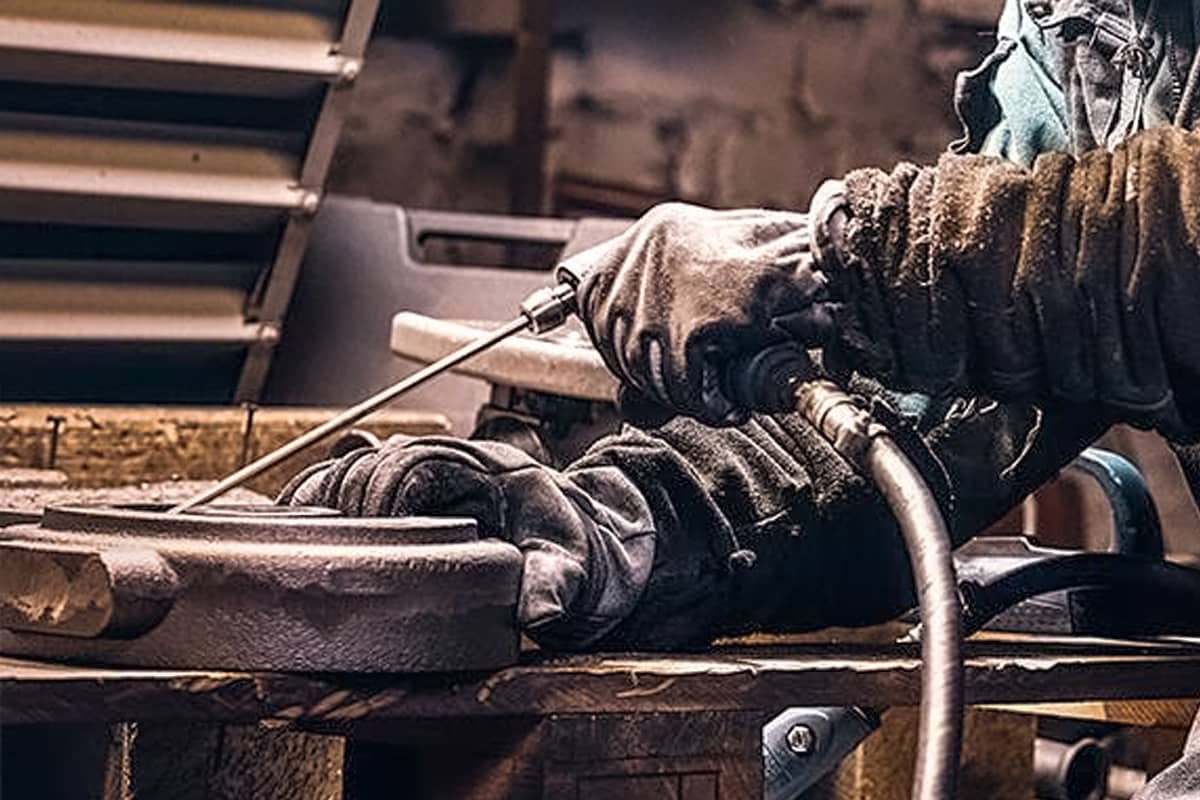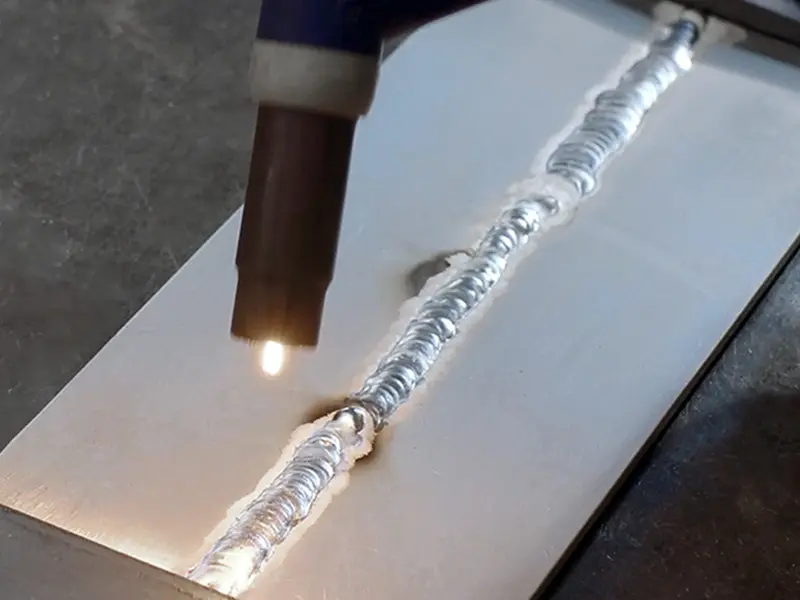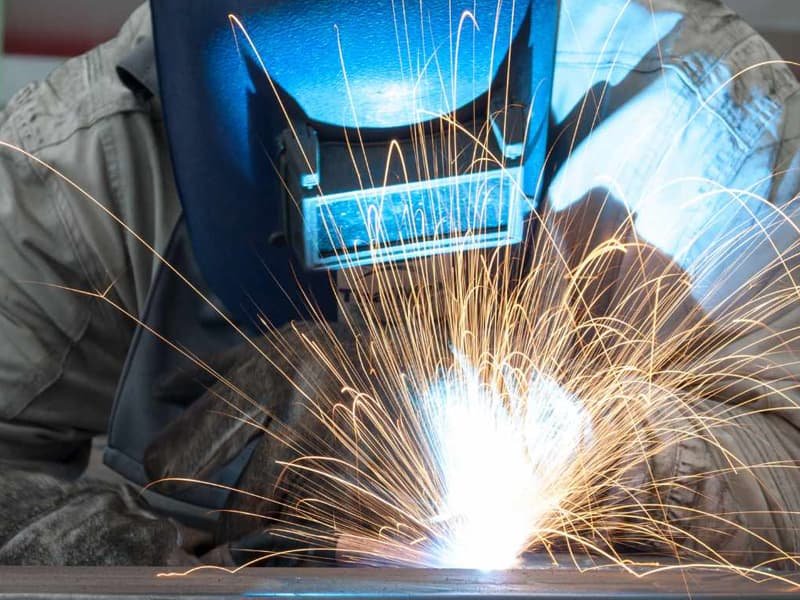Walk into any modern workshop, and you’ll likely spot a shoebox-sized inverter welding machine sitting where a bulky transformer unit once dominated. These compact devices are reshaping industries from automotive repair to aerospace manufacturing. But what exactly makes them the preferred tool for both weekend hobbyists and full-time welders? Let’s unpack their growing dominance.
The Science Behind Inverter Welders
Traditional welders rely on heavy copper coils to transform electrical currents, but inverters take a smarter approach. They first convert incoming AC power to DC, then use fast-switching transistors (up to 100,000 times per second) to create precise, controllable output. This high-frequency conversion allows for better energy management while shrinking components to palm-sized circuit boards.
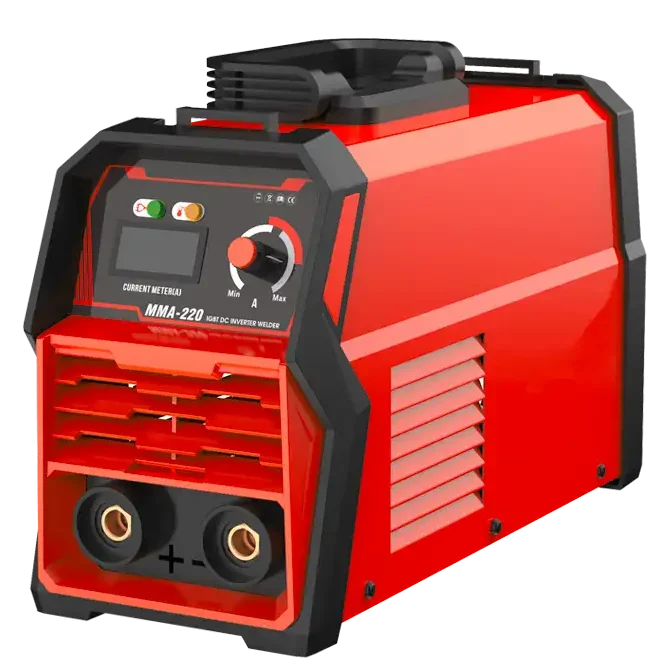
Why Professionals Are Making the Switch
- Power Bills That Actually Make Sense
Inverter welders don’t just save energy—they redefine efficiency. A typical 200A model draws only 10A from a 230V outlet, compared to 28A for equivalent transformer models. This isn’t just about lower electricity costs. On job sites with limited generator capacity, it means being able to weld thicker materials without tripping breakers. - Back-Friendly Design
The days of herniating discs while moving welders are over. A standard 160A inverter weighs less than a car battery (around 7kg), allowing easy transport up ladders or through narrow crawl spaces. Some riggers even mount them directly on welding helmets for hands-free mobility. - Smarter Arc Control
Advanced models automatically adjust output when electrodes stick or materials vary. This isn’t just convenient—it’s a game-changer for welding thin stainless steel (0.8mm) or aluminum alloys where heat management is critical. - All-in-One Capabilities
Modern inverters aren’t one-trick ponies. With the right accessories, a single unit can handle TIG precision work at 15A, stick welding for farm repairs, and even MIG processes for production lines.
Inverter vs Transformer: Key Differences
While inverters shine in most scenarios, traditional welders still have their place:
- Duty Cycle Reality: A $3,000 industrial transformer can weld 1/2” steel plates non-stop for hours, while even premium inverters need cooling breaks after 80% duty cycles.
- Ruggedness Factor: In dusty demolition sites, the sealed design of transformer welders often outlasts inverter electronics despite proper maintenance.
- Power Stability: In areas with frequent voltage spikes (below 180V or above 260V), basic inverters may fault out where transformer models keep working.
Image idea: Welder using an inverter machine in tight space under vehicle vs. transformer unit in factory setting.
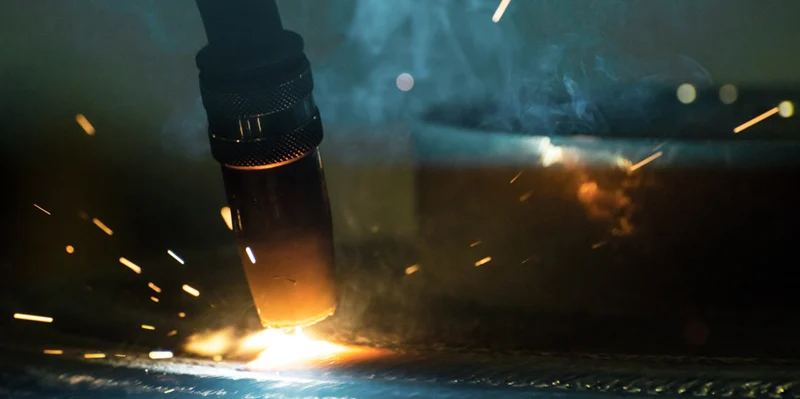
Where Inverters Outperform Every Time
- Auto Body Shops: Weld 22-gauge car panels without warping using pulse TIG settings at 35A
- Food Grade Fabrication: Achieve X-ray quality stainless steel welds for pharmaceutical pipelines
- Artisan Metalwork: Maintain perfect arc stability when sculpting bronze at odd angles
- Emergency Repairs: Run off car batteries using DC input options during power outages
Keeping Your Inverter Running Smoothly
- Dust Warfare
Blow out intake vents weekly using <1 bar compressed air. In woodworking shops, add a $5 furnace filter over vents. - Moisture Defense
Store with moisture-absorbing packs and power up weekly in humid climates to prevent capacitor damage. - Cable Care
Check torch connections monthly—loose terminals force inverters to work harder, reducing component life.
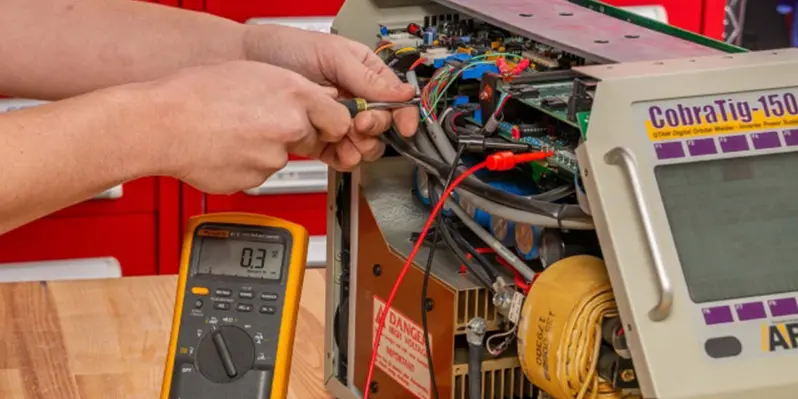
Answering Top User Concerns
“Are inverters less reliable?”
Quality inverters now last 12,000+ operating hours. Look for models with conformal-coated boards and German-made capacitors.
“Can they handle thick materials?”
Industrial-grade 400-amp inverters now weld 20mm steel plates, though they require cooling pauses during continuous use.
What’s Next? Smarter Welding Ahead
New models now auto-detect electrode type and suggest amperage. Solar-ready inverters let off-grid builders weld using photovoltaic panels, while Bluetooth models log weld data for ISO certification.

